Air plants grow without soil and are good for beginners: What to know about care
What, exactly, are air plants?
Air plants, known by their scientific name Tillandsia, are native to the mountains, deserts and forests of South America north through Central America, Mexico, and into the southeastern United States and Caribbean.
In their native habitat, they can be found perched high above the ground: in a canopy of trees, on rocky cliffs, anchored to a cactus, or draped from the branches of a cypress or live oak.
Air plants don’t have roots. And they don’t grow in dirt.
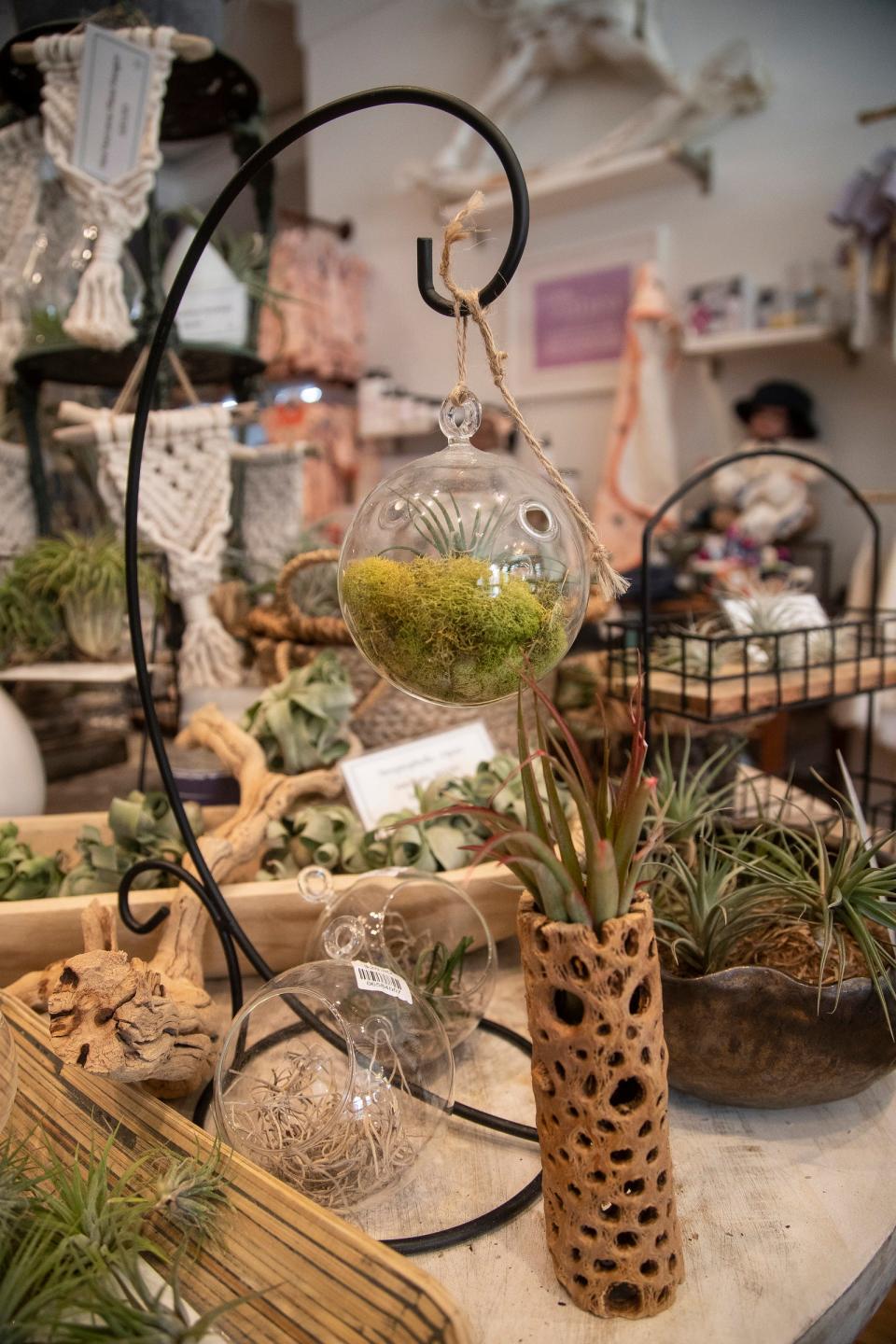
Their mysterious ability to seemingly live on air, without any soil or obvious root system, has made them a trendy houseplant, Bruce Crawford, manager of horticulture for the Morris County Park Commission in New Jersey, said in a February 2021 article he wrote for the Rutgers University website.
Also contributing to the coolness factor: Air plants don’t attract pests. They flower and grow offshoots known as pups. They have unique shapes and textures. And, they can be displayed in so many imaginative and creative ways: in shells and sea urchins and little dishes, on driftwood or the top of a book, in glass globes that hang from the ceiling, nestled next to other houseplants.
And maybe best of all, they are very forgiving houseplants, Crawford said. Crawford taught in the landscape architecture department at Rutgers for more than 30 years and writes a monthly column on plants for the university’s agricultural experiment station.
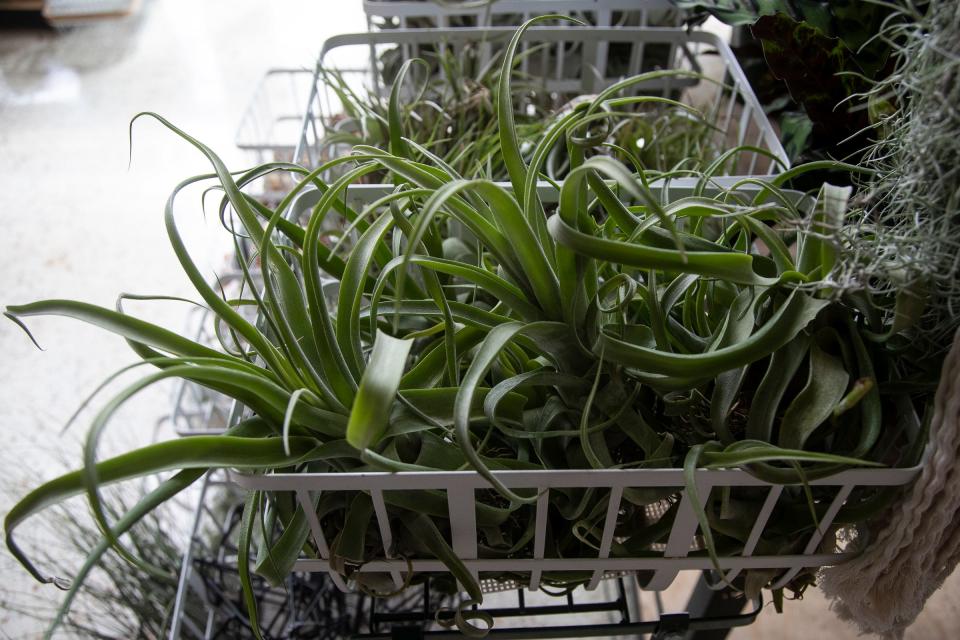
There are more than 600 different Tillandsia plants, and the most common is Spanish moss, which is neither Spanish nor moss. Only a couple dozen are available commercially, Crawford said.
But, said Patrick Tracy, “we’re finding new kinds all the time.” Tracy is the communications manager at the Plant House, inside Ferndale’s Rust Belt Market. Prices for the shop’s air plants range from $3 to $40.
“Air plants are good for beginners,” Tracy said. “They’re easier to care for than a traditional houseplant. There’s more freedom on where to put them, how to style them. They give you more creative freedom.”
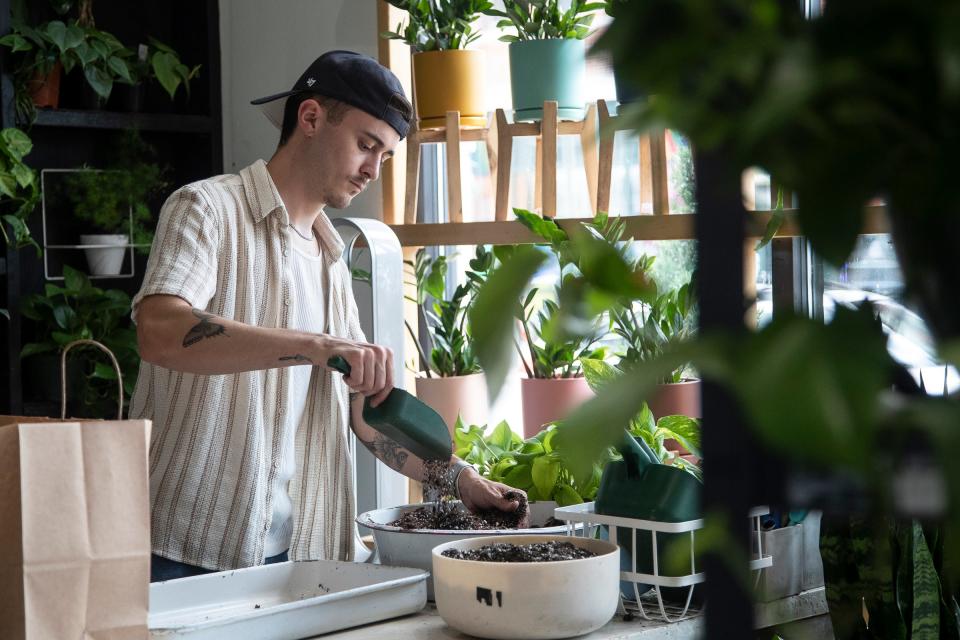
Tiffany Best, who, with her husband, Chris Best, owns the Plant House and Rust Belt Market, said air plants are versatile and don’t attract pests.
While most of those available for sale in the United States are green, the Red Abdita is, well, red. Others become colorful when in bloom, with their leaves changing color to red or peach, said Shelly Huss, owner of the Zahra boutique in Birmingham, which carries air plants imported from Guatemala.
Another air plant, the Tectorum Ecuador, is covered in a fine fuzz. Those are its trichomes, scalelike structures that absorb water.
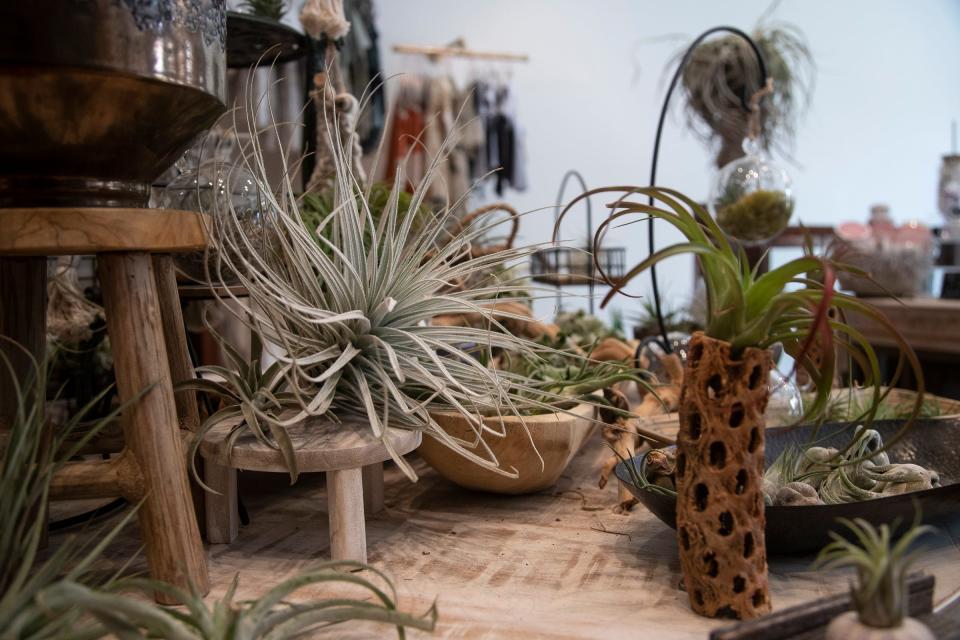
Air plants in their native environment use rootlike tendrils to attach to another plant, a rock or the ground itself. They are not, however, parasites and do not extract nutrients from the host plant. They range in size from under an inch to 10 inches in diameter and can live for years.
And while they are not the most demanding houseplants, they need three basics: the right light, water and good air circulation.
How to care for air plants
Some tips from the experts:
Don’t keep an air plant in a container that limits air flow around the plant.
Give them a weekly soaking, always in the morning and never at night because that’s when the plant opens up its pores, or trichomes, to allow moisture to enter. Use room temperature or lukewarm water. A half-hour soak is recommended.
Experts differ on the best type of water. Crawford says well water works, but Karen Carducci, a supervisor at the English Gardens in Plymouth, recommends against it. Some favor distilled and filtered water, others do not.
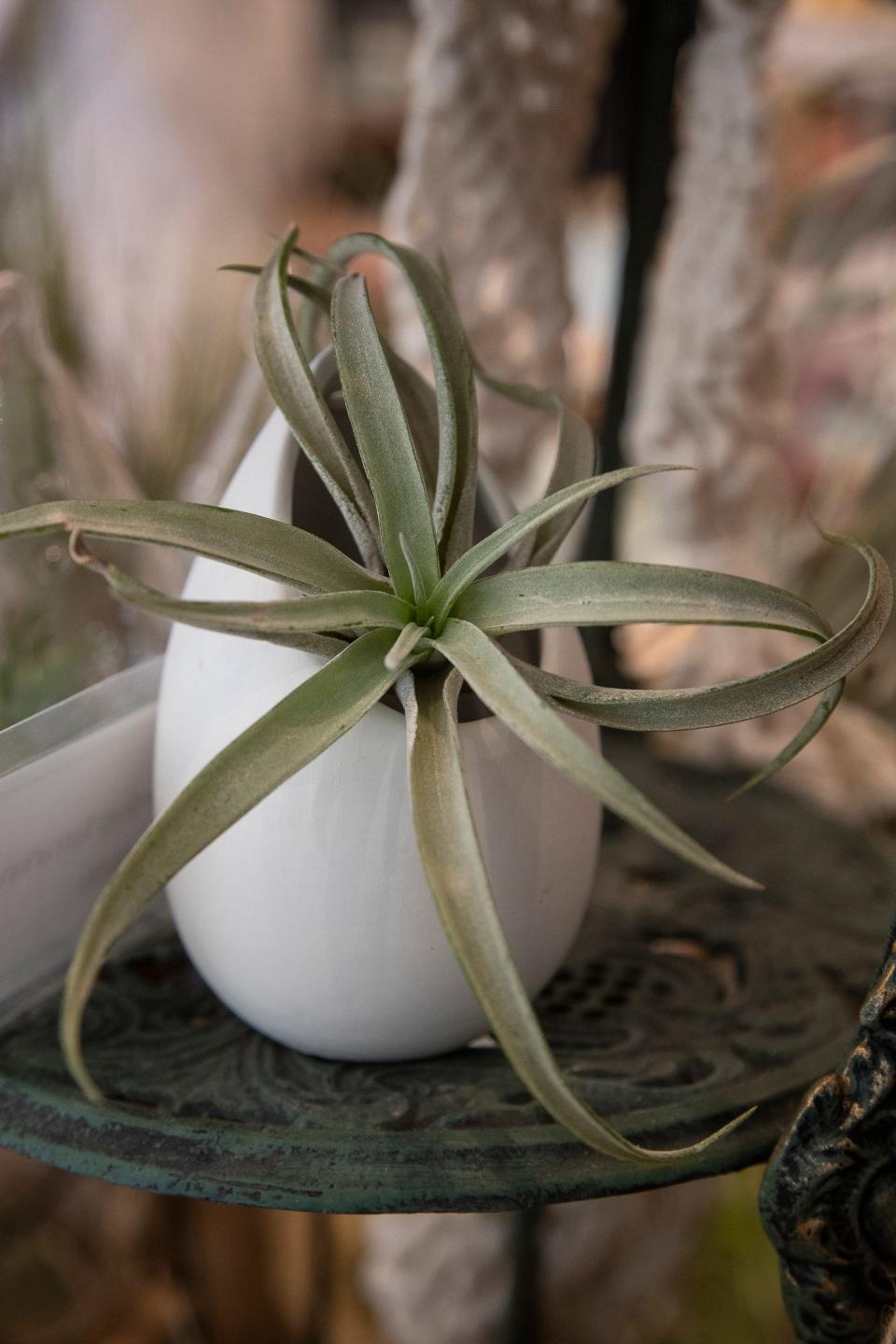
Huss said rainwater is best, followed by spring water.
Tap water is OK if left out overnight to allow the chlorine to evaporate.
One sign an air plant needs watering is when it starts to curl up or shrivel a little, Carducci said. She recommends putting air plants on a soaking schedule.
After soaking, shake the plants gently to remove any excess water, put them on a dish towel to dry, either on their side or upside down. Set them in a spot with good air circulation. Make sure they are completely dry before they go back to their container.
Air plants from arid regions, those that are more silver in color than green, and appear to be covered in fuzz, don’t need a weekly soaking. Once a month works, as does a weekly misting or a splash under the spigot.
Air plants like bright, indirect light.
Huss said fluorescent home or office lighting is fine as well. Air plants from arid regions can handle some direct sun.
Huss, who is also an intellectual property lawyer, said plants that receive direct light should be misted every few days to keep them hydrated.
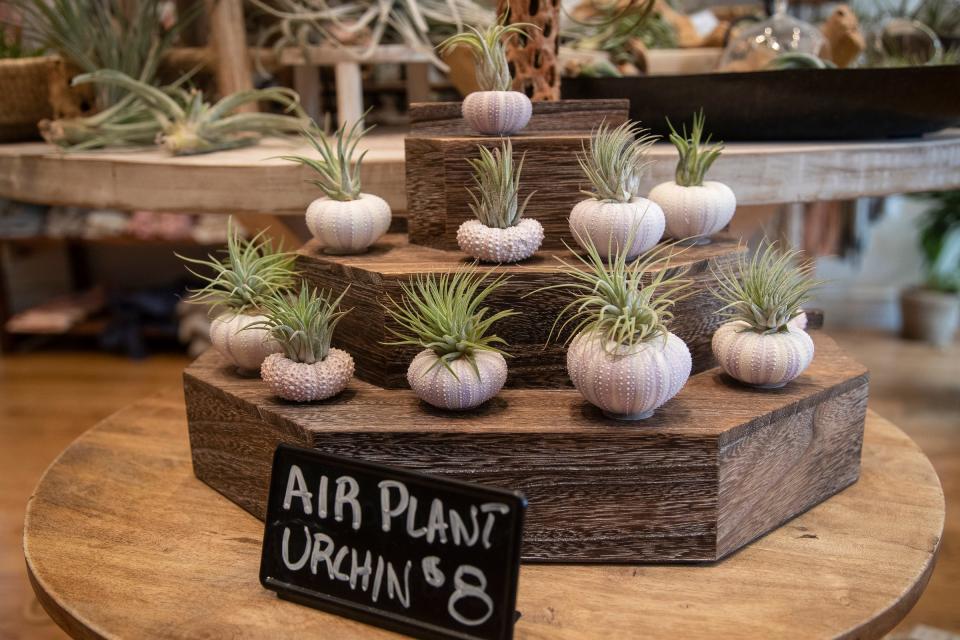
Carducci likes an eastern facing window, as morning sun is less intense than afternoon sun.
Air plants can also spend the summer outside, as long as they are in a partly shaded area.
Carducci said an air plant may take as long as three to four years before it flowers. Offshoots, known as pups, will form on the side of the plant, but grow slowly.
“Each will mature and flower and have more pups,” Carducci said.
The parent plant eventually dies off. The pups grow slowly.
“They do it on their own time,” Huss said. “They just do everything on their own time.”
Contact Jennifer Dixon: jbdixon@freepress.com
This article originally appeared on Detroit Free Press: Air plants: How to care for them, keep them alive, dos and don'ts

